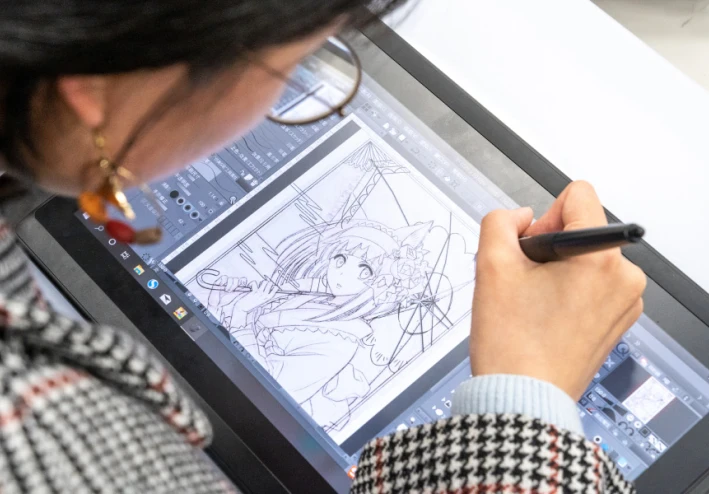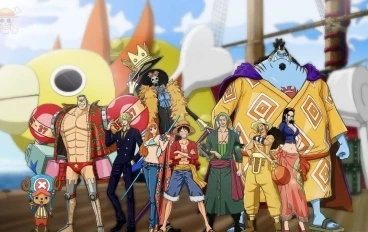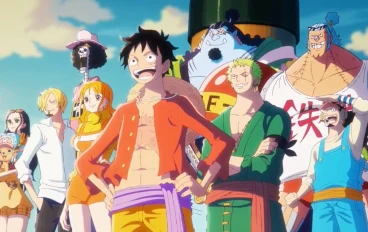
The Art and Industry Behind Anime: Japan’s Animated Dreamscape
1. The Genesis: Where Anime Begins
Anime begins long before a single frame is drawn. The pre-production phase involves conceptualization, scriptwriting, and planning. Ideas often stem from manga, novels, games, or original concepts. Directors, producers, and scriptwriters come together to form the foundation of a new world. Character designers illustrate emotional depth, while storyboarding artists create the visual flow of each scene. Planning the timeline and budget also occurs at this stage, setting the course for the project’s production.
2. Animation: Where Art Meets Motion
Japanese animation largely retains its traditional hand-drawn charm, even in the digital era. Animators create keyframes and in-betweens that form the basic movements of characters and environments. Studios such as Studio Ghibli, Kyoto Animation, and MAPPA are revered for their distinct artistic signatures. Technologies like CGI and digital painting are increasingly used to complement traditional techniques, enhancing detail and dynamic range without losing the emotional authenticity of 2D artwork.
3. The Voices Behind the Magic
Voice actors, known as 'seiyuu', are deeply embedded in anime culture. They bring characters to life with nuanced performances, often shaping how audiences perceive them. Voice recording typically follows after animation is partially complete, allowing actors to match timing and emotion. In Japan, many seiyuu are also singers or public figures, further connecting fans with the characters they portray.
4. Soundtracks and Emotions
Music in anime is a powerful storytelling tool. Composers craft original scores that reflect mood, tone, and character development. Opening and ending themes often become iconic, performed by popular artists or seiyuu. Background scores—sometimes orchestral, sometimes minimalistic—are carefully timed to enhance the emotional impact of each scene, making anime not just seen but felt.
5. Production Pressure and Workforce Challenges
Despite its global success, the anime industry faces serious labor issues. Animators, particularly freelancers and newcomers, are often underpaid and overworked. Studios operate on tight deadlines and low margins, leading to burnout and high turnover. Industry leaders are calling for reforms, advocating for better wages, improved working conditions, and more sustainable schedules to protect the future of anime production.
6. A Global Phenomenon
Anime has exploded in global popularity. Shows like 'Naruto', 'Attack on Titan', and 'My Hero Academia' have passionate fanbases worldwide. Streaming platforms such as Netflix, Crunchyroll, and Amazon Prime have licensed and funded anime productions, making it easier for international fans to access content legally and in high quality. Anime conventions and merchandise have also grown into a billion-dollar industry outside Japan.
7. Future of Anime: Innovation Meets Legacy
Anime is embracing the future through emerging technologies. AI-assisted animation, motion capture, virtual production, and interactive media are starting to influence how anime is made and consumed. However, at its heart, anime remains a deeply human art form. The soul of anime lies in its stories, characters, and the emotion behind every frame—something no machine can replicate entirely.
Conclusion
Anime is more than entertainment—it is a reflection of culture, creativity, and emotion. The industry’s artistry, innovation, and impact continue to inspire millions around the world. While it faces undeniable challenges, its evolution shows a powerful resilience. As long as artists dream and audiences connect with their work, anime will remain a vibrant force in the global cultural landscape.






























